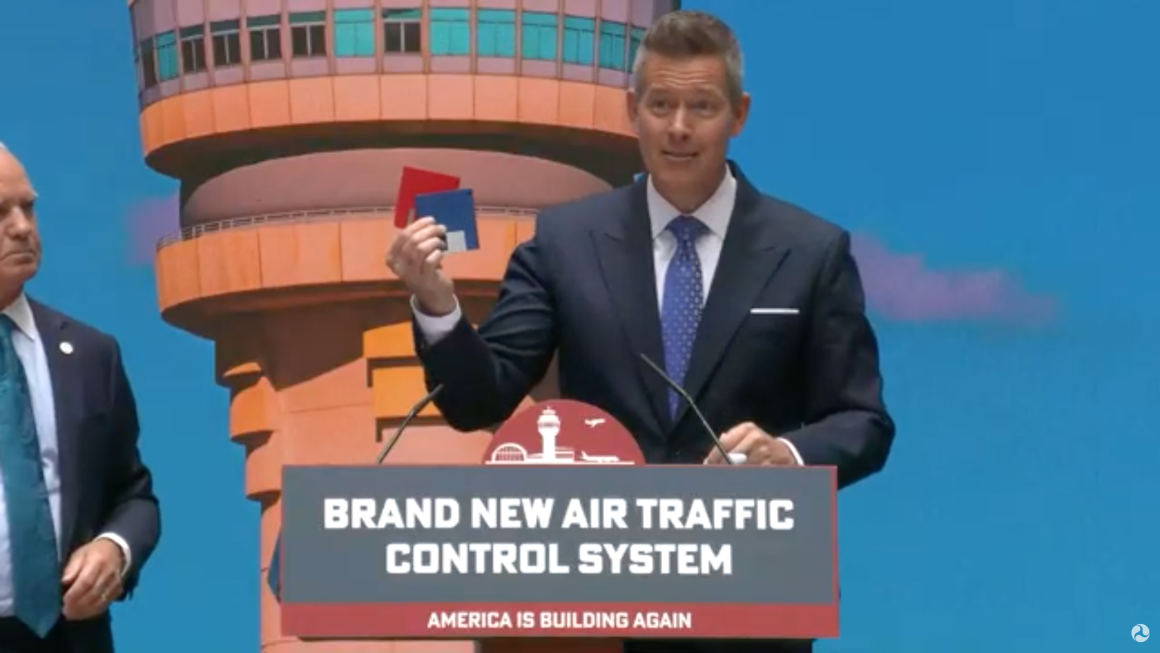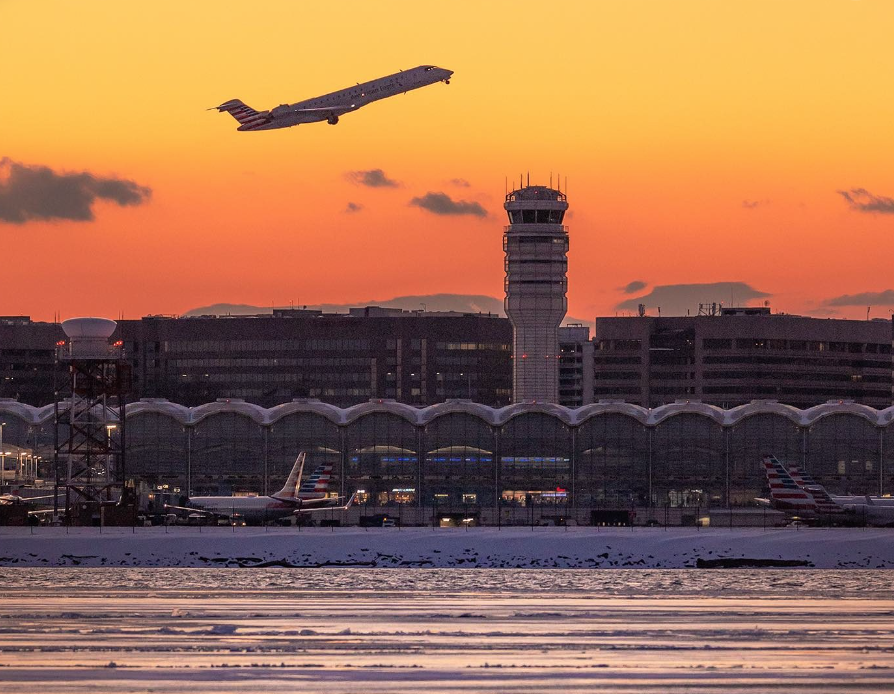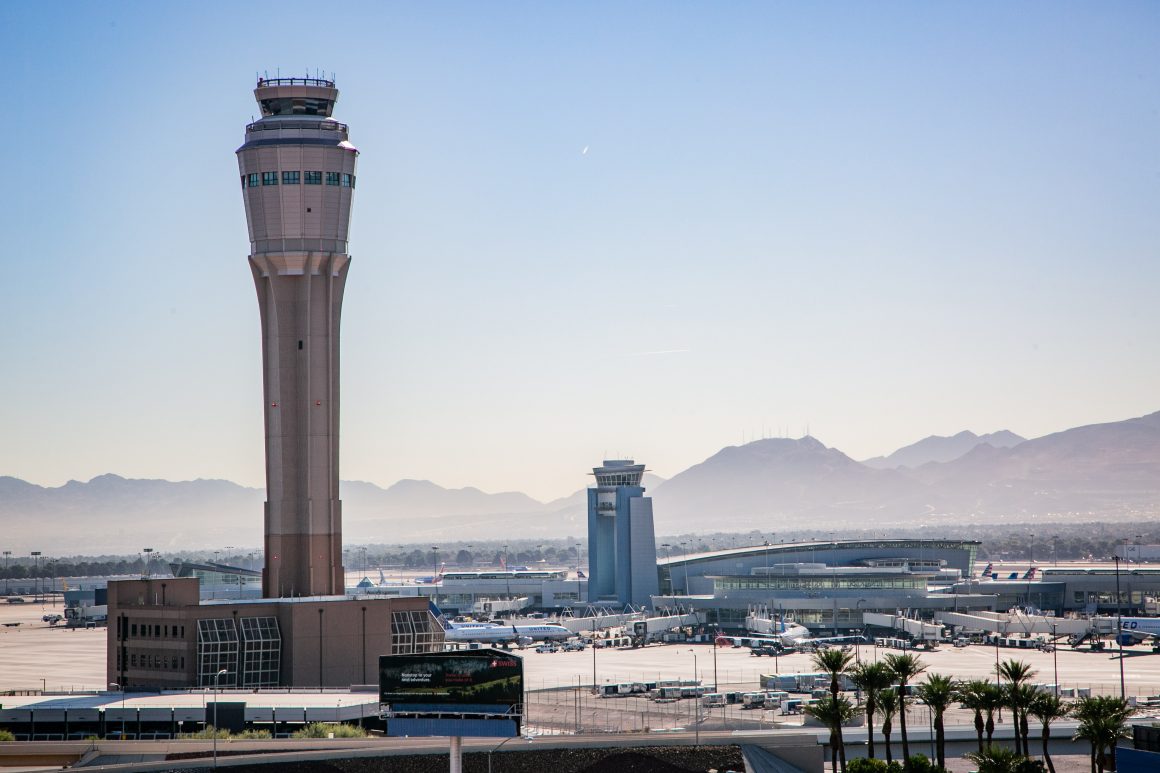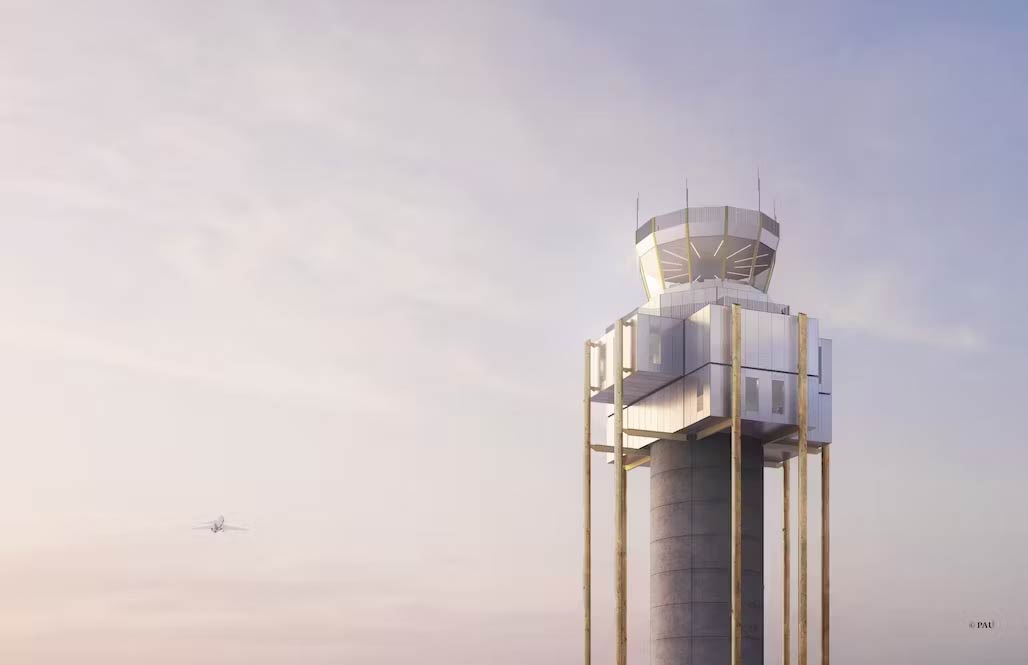On Thursday, US Transportation Secretary Sean P. Duffy introduced a transformative plan for the nation’s air traffic control (ATC) system, describing it as a “state-of-the-art” initiative that “will be the envy of the world.”
The announcement, made at the Department of Transportation headquarters in Washington, D.C., marks a bold step toward modernizing an outdated system that has long plagued the aviation industry with safety risks, delays, and inefficiencies.
“We are seizing a once-in-a-generation opportunity to build a brand new, state-of-the-art air traffic control system,” Duffy said. “Decades of neglect have left us with an outdated system that is showing its age. Building this new system is an economic and national security necessity, and the time to fix it is now.”
Building this new system is an economic and national security necessity, and the time to fix it is now.
US Department of Transportation Secretary Sean P. Duffy

The current ATC system’s obsolescence was starkly illustrated during the event, as Duffy used floppy disks and CDs—components still in use—as visual aids. He noted that replacement parts are often sourced from eBay, calling the situation “100% unacceptable.” The new system aims to replace this dangerously antiquated infrastructure with cutting-edge technology to enhance safety, reduce outages, and improve efficiency.
No more replacing floppy disks and other antiquated parts so old you can only find them on eBay.
It’s time for a brand new air traffic control system that makes our country proud.
Thank you @POTUS for your leadership! Now it’s time to get to work and make American air travel… pic.twitter.com/dn3RqTx9kr
— Secretary Sean Duffy (@SecDuffy) May 9, 2025
A Comprehensive Overhaul

The Federal Aviation Administration (FAA) will spearhead replacing core infrastructure, including radar, software, hardware, and telecommunications networks. The plan is structured around four key components: communications, surveillance, automation, and facilities. Specific actions include:
- Upgrading Communications: Replacing outdated telecommunications equipment with modern fiber, wireless, and satellite technologies across more than 4,600 sites, installing 25,000 new radios, and deploying 475 new voice switches.
- Modernizing Surveillance: Replacing 618 aging radars far exceeding their intended lifespan.
- Enhancing Runway Safety: Expanding the Surface Awareness Initiative (SAI) to 200 airports, up from the 50 expected by the end of 2025.
- Rebuilding Facilities: Six new air traffic control centers—the first since the 1960s—will be constructed while some of the existing 21 centers are closed and consolidated. Additionally, the overhaul calls for replacing 15 towers and 15 Terminal Radar Approach Control (TRACON) facilities.
- Standardizing Technology: Installing new hardware and software to ensure all air traffic facilities operate on a common platform, promoting consistency and safety.
- Improving Weather Monitoring: Building 174 new weather stations in Alaska to bolster air travel safety.
A summarized overview of the updates is available here, with a detailed version accessible here.
Addressing a Changing Industry

The new ATC system must accommodate the aviation industry’s increasingly rapid evolution. With drones and advanced air mobility expected to become commonplace, the modernized infrastructure will ensure the system can handle increased complexity and volume. This overhaul complements a recently announced plan to increase air traffic controller staffing, addressing chronic shortages that have raised safety concerns for years.
Duffy emphasized the initiative’s broad support, noting a “large coalition” backing the effort.
“We won’t let the American people down,” he vowed.
We won’t let the American people down.
US Transportation Secretary Sean P. Duffy
Key industry leaders attended the event, including CEOs Robert Isom (American Airlines), Scott Kirby (United Airlines), Ed Bastian (Delta Air Lines), Robert Jordan (Southwest Airlines), and Joanna Geraghty (JetBlue Airways). Representatives from the FAA, National Air Traffic Controllers Association (NATCA), National Transportation Safety Board (NTSB), Air Line Pilots Association (ALPA), and Aircraft Owners and Pilots Association (AOPA) were also present.
A Tribute to the Victims of Flight 5342

The announcement carried profound emotional weight as families of the victims of PSA Flight 5342 attended the event. Flight 5342 crashed into the Potomac River on 30 January after colliding with a U.S. Army Blackhawk helicopter while approaching Ronald Reagan Washington National Airport, killing all 67 on board.
Every speaker acknowledged the families, emphasizing that the ATC overhaul would serve as a lasting legacy for the victims. Sadly, getting the government to address a crisis simmering for decades took such a horrendous tragedy.
An Ambitious Timeline and Cost

While the price tag for the overhaul remains undisclosed, it is widely expected to reach at least tens of billions of dollars. Duffy acknowledged the significant cost but expressed confidence in securing funding, citing ubiquitous bipartisan support in Congress. He plans to request the full amount upfront to expedite the process.
Duffy set an ambitious goal of completing the overhaul by 2028, a timeline that would require streamlining approval processes that typically span years–not to mention unprecedented bipartisan cooperation in Washington. His promise of a swift overhaul timeline underscores the urgency of ensuring air traffic controllers have a reliable, modern system to support their critical work.
A Clarion Call for a Safer, More Efficient Future

The unveiling of the next-generation ATC system is a clarion call to reimagine the future of aviation—a future where safety, efficiency, and innovation take their rightful place at the helm of America’s ATC system. This isn’t just an upgrade; it’s a chance to revolutionize the entire system from top to bottom, obliterate the shadows of recent failures, like the chaos of the Newark outage, and propel the United States to the forefront of global aviation leadership. By dismantling obsolete infrastructure and embracing cutting-edge technology, this initiative will slash delays, fortify safety, and unleash the full potential of our skies.
The event concluded with an emotional plea from Duffy.
“If you learn anything from what’s happened, it’s that if there are foreseeable issues in the airspace, you would expect someone to take action to make sure we save lives,” Duffy declared. “This is a way to honor, this is a way to respect, this is a way to pay it forward and to do the right thing to keep our families and our communities safe when they use our airspace.”
This is a way…to do the right thing to keep our families and our communities safe
when they use our airspace.US Transportation Secretary Sean P. Duffy
This overhaul is a demonstration of our collective resolve. It unites industry titans, safety champions, and the families of Flight 5342’s victims in a shared vision for transformation. Their presence at the announcement was a powerful reminder that this is about honoring the past by building a safer tomorrow.
The time for half-measures is over. Floppy disks and relics of the 1980s have no place in a world-class ATC system. This issue demands unyielding bipartisan support—a cause that transcends politics and unites us in pursuit of excellence. The new system will empower air traffic controllers with the tools they deserve, ensuring our skies are ready for the dawn of drones, advanced air mobility, and beyond.
Let us hope our leaders rise to this moment with courage and determination. Let us deliver an air traffic control system that inspires awe and confidence for generations to come. For our children and grandchildren, the miracle of flight should be a source of wonder, not worry.
You can watch the full video of today’s announcement below.
Total
0
Shares
Credit: avgeekery.com









